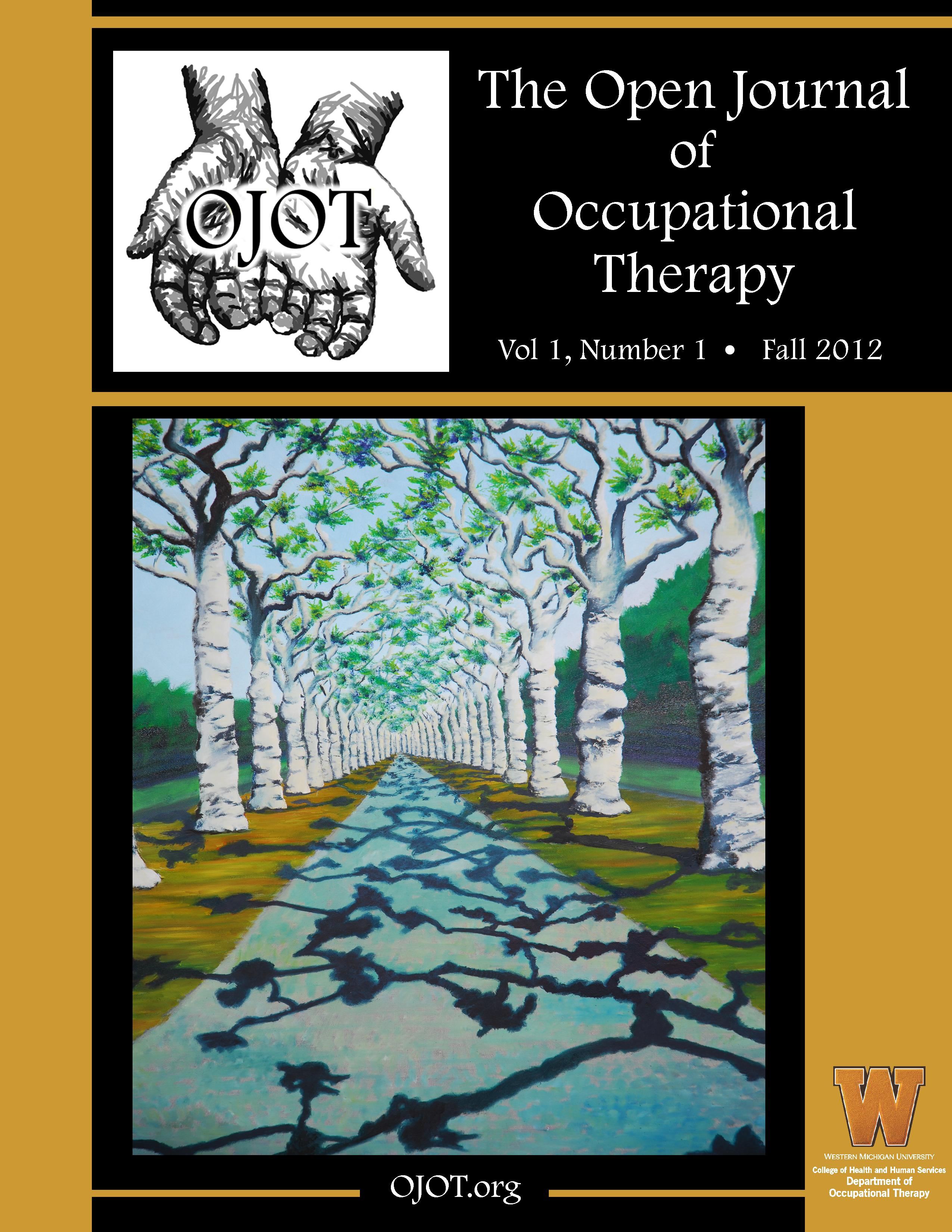ScholarWorks > HHS > OT > OJOT > Vol. 1 > Iss. 4 (2013)
Credentials Display
Sherrilene Classen, PhD, MPH, OTR/L, FAOTA; Miriam Monahan, MS, OTR/L, CDRS; Stephanie Hernandez, BHS, OTS
Abstract
Adolescents are at high risk for motor vehicle crashes (MVCs). Teens with autism spectrum disorder (ASD) may have an even greater risk for MVCs due to impaired visual, cognitive, and motor skills critical for driving. This prospective two group study demonstrated the demographic, clinical, and simulated driving skill differences of seven adolescents with ASD (mean age = 15.14, SD ±1.22) compared to 22 healthy controls (HC) (mean age = 14.32, SD ±.72) through a comprehensive driving evaluation (CDE) conducted by an occupational therapist certified driving rehabilitation specialist (OT-CDRS). Adolescents with ASD performed poorer on right eye acuity (Fischer’s (F) = 13.44, p = .003), cognition (Mann-Whitney Statistic (U) = 29.00, p = .01), visual motor integration (U = 27.50, p = .01), motor coordination (U = 5.00, p = .001), operational skills for managing simulator controls (U = 4.00, pU = 30.50, p = .02), speed regulation (U = 13.50, p = .001), lane maintenance (U = 34.00, p = .03), signaling (U = 38.50, p = .03), and adjustment to stimuli (U = 9.00, pU = 5.00, pConclusion). Compared to the HC, adolescents with ASD performed worse on visual, cognitive, motor, simulator operational, and fitness to drive skills, suggesting that an OT-CDRS may play an important role in assessing teens with ASD before they pursue traditional driver’s education.
Recommended Citation
Classen, S., Monahan, M., & Hernandez, S. (2013). Indicators of Simulated Driving Skills in Adolescents with Autism Spectrum Disorder. The Open Journal of Occupational Therapy, 1(4). https://doi.org/10.15453/2168-6408.1051


